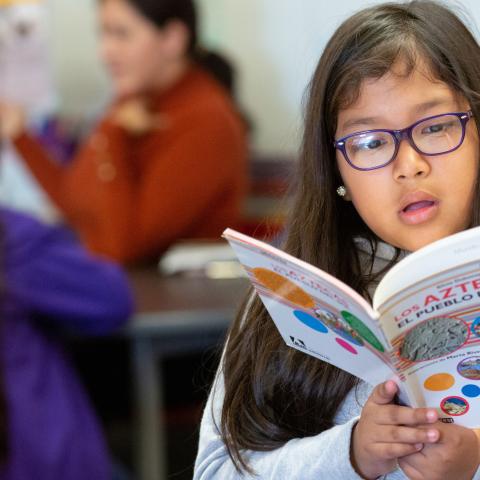Explore Quality Reviews
 English Language Arts & Reading
English Language Arts & Reading
 Math K-8
Math K-8
 Prekindergarten Systems
Prekindergarten Systems
 Spanish Language Arts & Reading
Spanish Language Arts & Reading
Reviews by and for Texas Teachers

Committed to Improving Student Achievement
Research shows high-quality instructional materials are critical to improving student outcomes. TRR provides objective, evidence-based reviews that empower local school districts to make informed decisions for their students.
Texas teachers are at the heart of our review process. Each review cycle begins with Texas Essential Knowledge and Skills aligned rubrics and a rigorously vetted review team of highly trained educators from all over the state.
We also provide additional curriculum implementation support so teachers can focus more energy on what matters most: students.
Testimonials
Top 6 Frequently Asked Questions
For Publishers

Partnership is a Key to Success
Publishers provide the key element in the Texas Resource Review, the instructional materials themselves.


